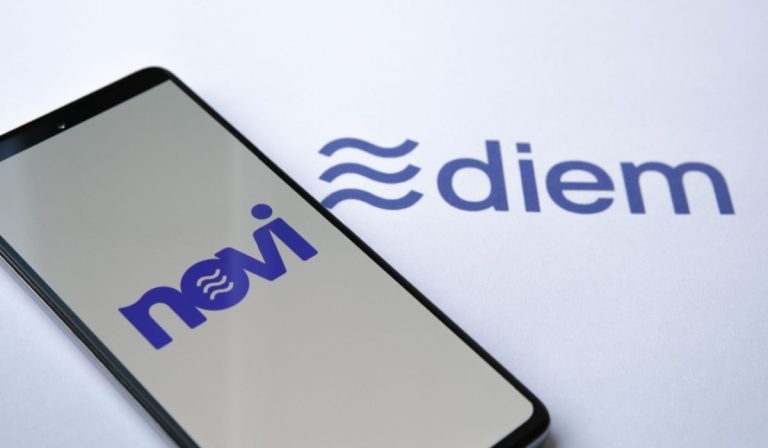
In a coda to its stablecoin payments ambitions, Meta announced on July 1 that the Novi digital wallet project is at an end.
Launched with much fanfare on June 18, 2019, Novi was the tool that the company formerly known as Facebook planned to use to create a cheap and near-instant global payments rail across its 2.3 billion users using the Libra stablecoin, which would not be pegged to any one currency.
Users of the U.S.-Guatemala remittances pilot project to which it had been relegated have until Sept. 1 to withdraw funds. In a rather tame statement to Bloomberg, Meta made vague references to using the technology for its metaverse ambitions, saying it was “already leveraging the years spent on building capabilities for Meta overall on blockchain and introducing new products, such as digital collectibles” — meaning NFTs.
It’s an ignominious end to what was in many ways one of Meta CEO Mark Zuckerberg’s most ambitious attempts to spread the company’s influence beyond its dominance of social media and advertising.
But the impact of the Libra/Diem project on the payments industry cannot easily be overstated. Before it, few people outside the crypto industry and some mid-level regulators were paying much attention to stablecoins. The project brought the fiat-backed, dollar-pegged cryptocurrencies to wide attention as a potentially useful tool for real-time and inexpensive payments — particularly cross-border payments — that could take the place of national fiat currencies.
It’s not unfair to say that Libra/Diem had a significant role in the current race towards central bank digital currencies (CBDC), in which some 100 countries, including all major economies, are either investigating, planning or launching digital versions of their fiat currencies. That is in no small part due to fear of stablecoins.
Everyday Use
Three years later, stablecoin regulation was a major part of the EU’s Markets in Crypto Assets (MiCA) law, mandating 1-1 fiat reserves to maintain their peg to the euro and hobbling the use as a payments currency by capping transaction at €200 million per day.
See more: EU Agreement on Crypto Regulation Limits Stablecoins, Leaves Out NFTs and DeFi
They play a big role in U.S. legislation currently underway to build a regulatory framework for cryptocurrencies. And many other countries, notably India, have effectively banned them outright by making it illegal to use cryptocurrencies for payments.
Read here: Senate Crypto Bill Debuts, and Crypto Industry Gets Big Wins
Also, stablecoins have started making their way into the broader public’s mind as a payments tool, with their use in crypto payments growing to as much as 15% of its volume, according to cryptocurrency payments technology firm BitPay.
See this: Bitcoin’s Future as a Payments Tool Is Bright, Says BitPay CEO
Another sign of this is the spike in stablecoin purchases recorded this weekend in Argentina, when a political battle sent the already inflation-damaged peso even lower.
Big Ambitions, Big Opposition
Libra, later rebranded and scaled back to Diem, ran into an instant wall of rage, fear and threats by elected officials, central bankers and regulators around the world who saw the project as an imminent and existential threat to governments’ fiat currencies and control of their economies, particularly during crises.
Allowing a private company — particularly one as globally dominant and widely mistrusted as Facebook — to create a digital currency usable by anyone across any borders in real time would give it a power that the economic and political powers that be could not cede to even a well-regarded company, to say nothing of one with its privacy and regulatory failings. Concerns included protecting consumers, combatting money laundering and a variety of other security and financial risks.
A month after the Libra announcement, Sen. Sherrod Brown (D-Ohio) memorably said, “Like a toddler who has gotten his hands on a book of matches, Facebook has burned down the house over and over and called every arson a learning experience…It takes a breathtaking amount of arrogance to look at that track record and go, you know what we ought to try next? Let’s run our own bank and our own for-profit version of the Federal Reserve, and let’s do it for the whole world.”
Pitched as a group effort by 25 firms of which Facebook was merely one equal partner, allies quickly began jumping ship, led by payments giants including Mastercard, Visa and PayPal.
That the latter was first to abandon ship was a personal blow to former PayPal President David Marcus, who oversaw Novi and spearheaded the Libra project for Meta. Marcus departed Novi in December, announcing plans to build Lightspark, a startup focused on joining payments firms including Strike, Stripe and Cash App, among others, in using the faster, cheaper and more scalable bitcoin Layer 2 blockchain Lightning Network for payments.
Read more: Ex-Meta Exec David Marcus Launches Crypto Payments Startup
Sign up here for daily updates on all of PYMNTS’ Crypto coverage.